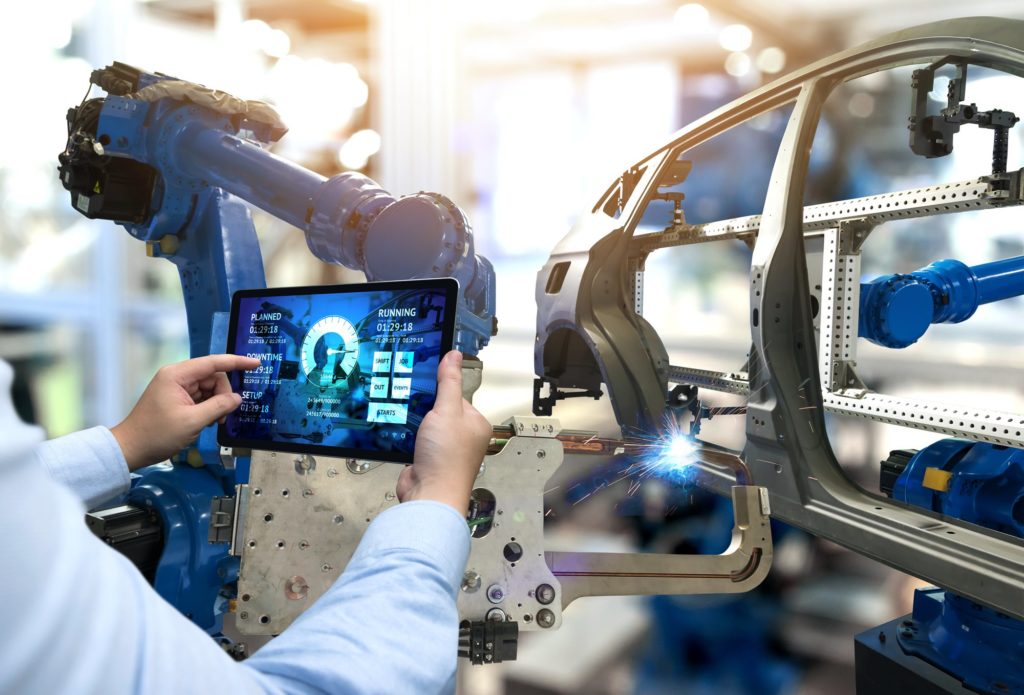Predictive maintenance is an approach to maintenance needs in the workplace that can revolutionize the way your team does work. This approach to maintenance and uptime requirements involves the use of varied monitoring sequences that track equipment conditions, personnel usage statistics, and more throughout the course of regular operations.
These strategies can make a huge difference in the reduction of breakdowns and other downtime issues. This approach has been trending throughout business entities since the 1990s but has taken on new integrations and levels of success in recent years as the expansion of the Industrial Internet of Things (IIoT), machine learning processes, and cloud-based systems have made for a more robust digital platform at all levels of business mobility.
Predictive maintenance begins with the analysis of tool and workspace history. Investigating the ongoing problems that any component of your equipment may be exhibiting is a great place to begin when implementing a new opportunity to boost productivity and uptime. Predictive maintenance tools are simply crucial for brands that are looking to boost productivity and eliminate costly setbacks and asset failure. Once you’ve evaluated the existing condition of your equipment, engaging with monitoring and maintenance solutions that will provide for the framework of consistent productivity and uptime that your brand is seeking is simple and highly effective.
Continue reading to discover how you can prevent breakdowns and maintain a strong consistency across your brand’s productivity with the help of predictive maintenance efforts and systems.
Predictive maintenance centers on proactivity and data-driven analysis.

Proactive solutions are some of the most effective in any business setting. In proactive maintenance frameworks, team members work to eliminate defects in order to improve performance. This is a great solution to some of the more aggravating issues that can present themselves in a manufacturing center or business processing space. Taking this approach up a level brings your team into the realm of predictive analytics though. With the help of business intelligence and data collection processes, brands are able to leverage big data and machine learning frameworks in order to predict downtime before it happens and work to solve problems in advance of their presence.
Predicting machine reliability and ongoing anomalies that are bound to arise in the processing capacity of your facility is the best way to ensure profitability throughout the long term. Overall equipment effectiveness can be boosted by a huge margin when utilizing data-driven analysis (over the simple, reactive maintenance schedules that some brands deploy in particular).
Sensor and monitoring technologies play an integral role in this productivity boost.
The use of an army of monitoring installations is a requirement as you work toward better data analytics and predictive maintenance operations. With the help of cloud-based IIoT updates, installing equipment that utilizes built-in sensor technologies, or linking into external monitoring systems that work alongside your tools and equipment is simple and can transform the way you do business from the ground up.
Sensors that take accurate readings of sonic depths, infrared data, and even oil levels throughout the production line can help you make accurate predictions about when any particular component of the system is experiencing abnormalities in its utilization. This is the first step toward a breakdown, so detecting a declining fluid level, shallow leak, or minute change in the acoustics of a tank mixing process can help you prevent downtime right as it begins to threaten the productivity of your team.
Implement these essential upgrades to take your brand’s uptime statistics and profit margins to the next level. With the help of state-of-the-art technologies, many brands are bravely stepping into the future of production and manufacturing capacity with grace and ease. Make sure that you’re one of them.

